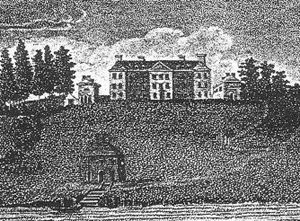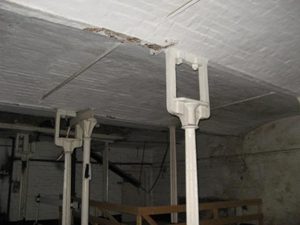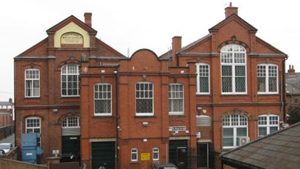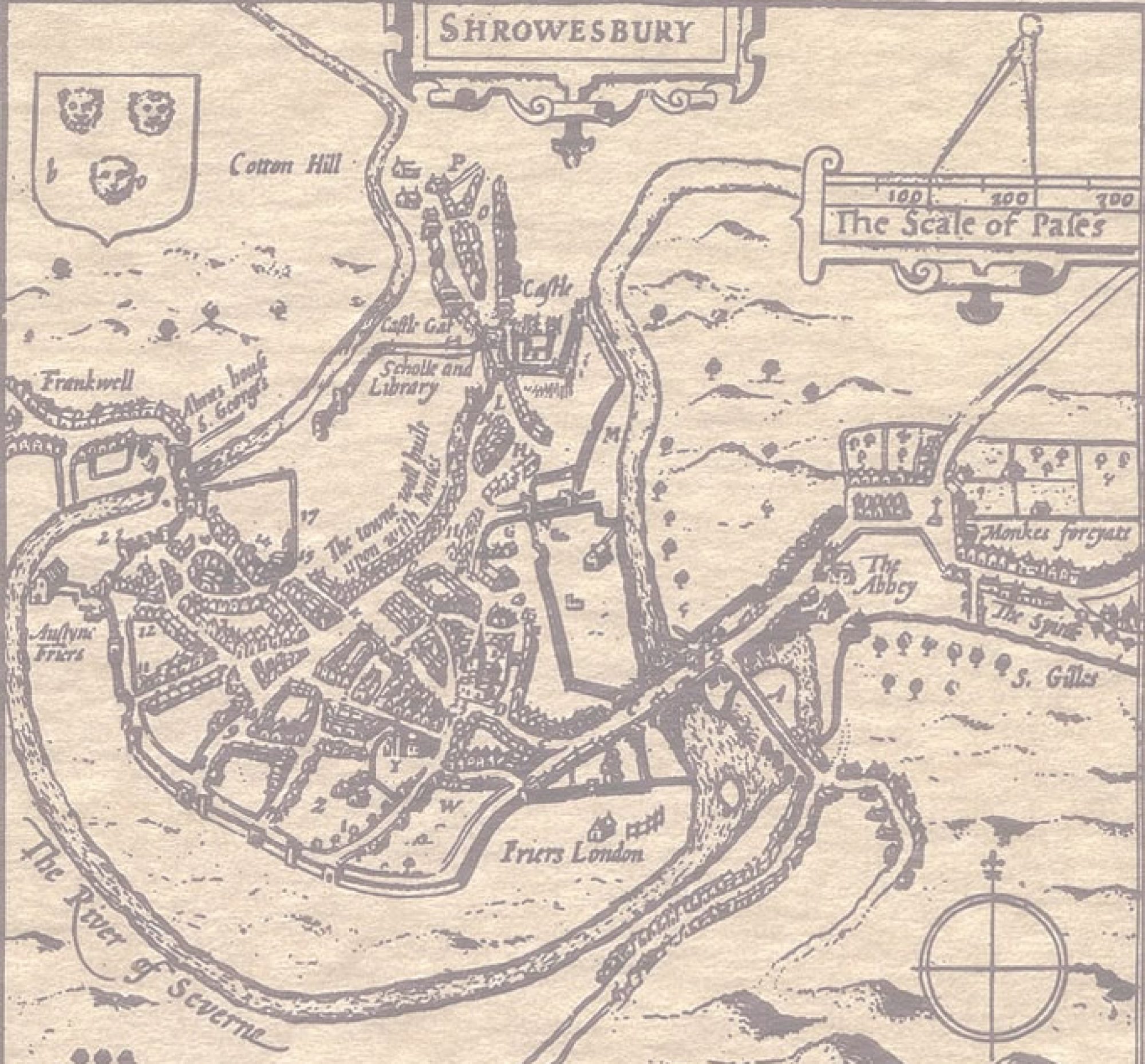
Bage Way is the part of Shrewsbury’s inner ring road between Old Potts Way and Crowmere Road. It is named after Charles Bage (1752-1822), a man of great inventiveness and versatility, who also had a deep concern for those less fortunate than himself. [footnote 1]
Charles was born near Derby into a Quaker family. His father Robert owned a paper mill near Tamworth. When Charles was 14 his father bought a share in an iron forge, one of his partners being Erasmus Darwin, Charles Darwin’s grandfather. Through this link Charles Bage became friendly with Robert Darwin, Charles Darwin’s father, a friendship which continued when both of them moved independently to Shrewsbury.
Charles Bage married Margaret Boterall of Shrewsbury, and moved to the town around 1781. He set up in business as a wine merchant and was also a surveyor, rather a curious combination! He quickly became well-known and respected in the town, and from 1784 was a founder-director of the ‘House of Industry’, which occupied the buildings which now house Shrewsbury School. The House of Industry had a more benign regime than the later Workhouses, and sought to counter the escalating cost of poor relief by providing the poor inmates with productive work. This they did by producing goods in the workshops and food on the associated farm, and selling them at a profit. [footnote 2]

Bage was on close terms with many of the important men of Shrewsbury of this period, such as Thomas Telford, William Hazledine, and the Benyon brothers. When the Benyons entered into partnership with John Marshall of Leeds to build a fire-proof flax mill in Ditherington, Shrewsbury, they appointed Bage as its designer. [footnote 3] At first sight it seems strange to choose a wine merchant and surveyor to design the ironwork for a cutting edge fireproof building! However, Charles Bage was familiar with the work of William Strutt, who was at the forefront of designing such buildings. He also had contact with the Coalbrookdale ironmasters, who helped him by providing details of experiments they had done on the strength of cast iron structures. Bage’s important contribution to the development of iron-framed buildings was to use cast iron beams, as well as the columns, roof supports, windows and doors that Strutt had already done. For this reason it is not unreasonable to claim that every skyscraper in the world was born in Shrewsbury!
The fact that the Ditherington Flax Mill is still standing is a tribute to Bage’s mathematical and engineering skill. [footnote 4] It is also a tribute to the exceptional talent of the ironmaster William Hazledine, who had the responsibility for the detailed design and casting of all the components. These included 204 columns, 136 beams bolted together in the middle, 136 large windows, and 19 roof sections, not to mention doors, tie bars, staircases, and all the other smaller cast iron parts. Putting it all together must have been like assembling a gigantic meccano model! [footnote 5]
As described in the Benyon article, Bage designed a similar mill for the Benyons in Castlefields in 1804. In 1815, Bage built his own smaller factory to weave linen cloth. This was situated on what is now Burr’s Field, which lies between Kingsland Road and the river. Bage developed a new type of power loom, but it does not seem to have been successful. [footnote 6]

Bage was elected Mayor of Shrewsbury in 1807, and was one of the prime movers in the establishment of the Lancasterian School in 1813. [footnote 7] This was a charity school, and Bage designed its rather austere building that is still standing along Beacall’s Lane, Castlefields. After his first wife died, in 1808 he remarried a girl who was just 21 (he was 56) and they had six children! His last years were a time of great economic depression, which caused him much financial difficulty. He wrote to his friend William Strutt, “What is to become of our [national] debt [it was already £800 million in 1815] I know not; in a few years the other side of the Atlantic will be a giant great enough to swallow up almost the rest of the world.” [footnote 8] His sentiments have proved exactly right!
Sadly, the only monument to Charles Bage is a very decayed gravestone in St Chad’s churchyard. Surely such an outstanding man deserves better?
Footnotes
[1] General information on Charles Bage is from, Gameson, F. R. (1954). “The Story of Charles Bage.” Shropshire Magazine (January): 27-28; Swailes, T, in Skempton, A. and M. Chrimes (2002). A biographical Dictionary of Civil Engineers in Great Britain and Ireland, Thomas Telford; McConnell, A (2004), in, Dictionary of National Biography, Oxford.
[2] http://www.workhouses.org.uk/Shrewsbury/ (accessed May 2012)
[3] Trinder, B. (1992). “Ditherington Flax Mill, Shrewsbury – a Re-evaluation.” Textile History 23(2): 189-223.
[4] Baxter, A. A. (2006). Ditherington Flax Mill, Shrewsbury, Structural Engineering Appraisal – Main Report, English Heritage; Skempton, A. and H. Johnson (1962). “The First Iron Frames.” Architectural Review (March 1962): 175-186.
[5] Pattison A, 2012, William Hazledine, Shropshire Ironmaster and Millwright: a reconstruction of his life, and his contribution to the development of engineering, 1780 – 1840, Unpublished M.Phil thesis, pp. 86-7
[6] www.search.revolutionaryplayers.org.uk/ (accessed May 2012)
[7] Inscription on the school; Hulbert (History and Description of the County of Salop, 1837, p.312) gives the date as 1812
[8] Gameson, op. cit
